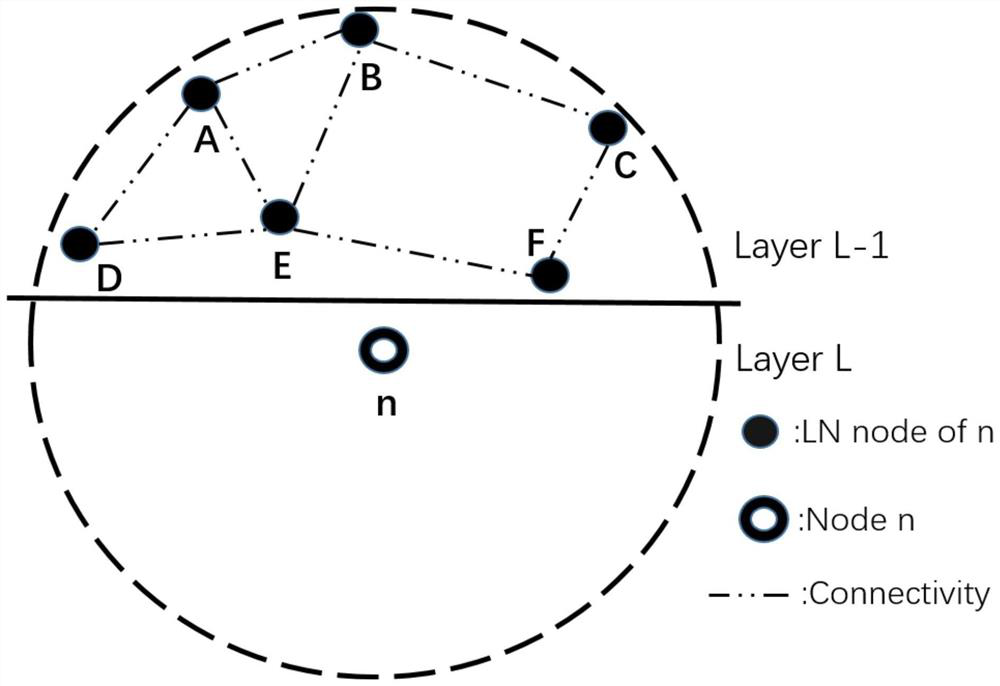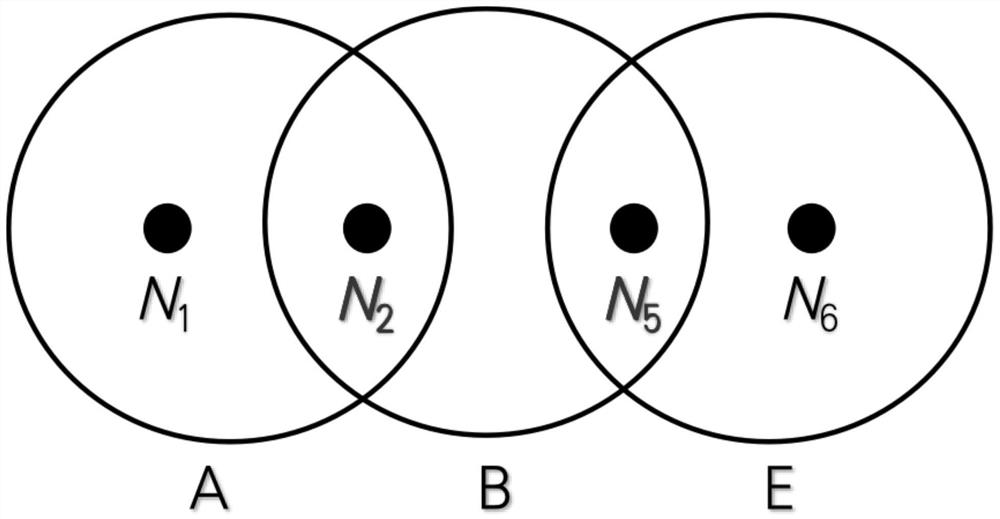A low-latency underwater cross-layer opportunistic routing method
A low-latency, cross-layer technology, applied in the field of underwater wireless communication, can solve the problems of increasing end-to-end delay and rarely consider the impact of MAC layer on end-to-end delay, so as to reduce delay and reduce overall network performance. Consumption and reducing the effect of multiple copies of data
- Summary
- Abstract
- Description
- Claims
- Application Information
AI Technical Summary
Problems solved by technology
Method used
Image
Examples
Embodiment Construction
[0045] The present invention will be further described in detail below in conjunction with the accompanying drawings, so that those skilled in the art can implement it with reference to the description.
[0046] The present invention provides a low-latency underwater cross-layer opportunistic routing method. There is a convergence node on the water surface and multiple underwater sensor nodes (underwater nodes) in the underwater sensor network, and all the underwater sensor nodes can collect Data and send the collected data to the aggregation node, all sensor nodes can forward data packets, all underwater sensor nodes follow the random walk model, the energy consumption and transmission range of transmission, reception and standby of all sensor nodes are fixed and equal, and the sensor nodes in the underwater sensor network are clock-synchronized.
[0047] The low-delay underwater cross-layer opportunistic routing method specifically includes the following steps:
[0048] Ste...
PUM
 Login to View More
Login to View More Abstract
Description
Claims
Application Information
 Login to View More
Login to View More - R&D
- Intellectual Property
- Life Sciences
- Materials
- Tech Scout
- Unparalleled Data Quality
- Higher Quality Content
- 60% Fewer Hallucinations
Browse by: Latest US Patents, China's latest patents, Technical Efficacy Thesaurus, Application Domain, Technology Topic, Popular Technical Reports.
© 2025 PatSnap. All rights reserved.Legal|Privacy policy|Modern Slavery Act Transparency Statement|Sitemap|About US| Contact US: help@patsnap.com



